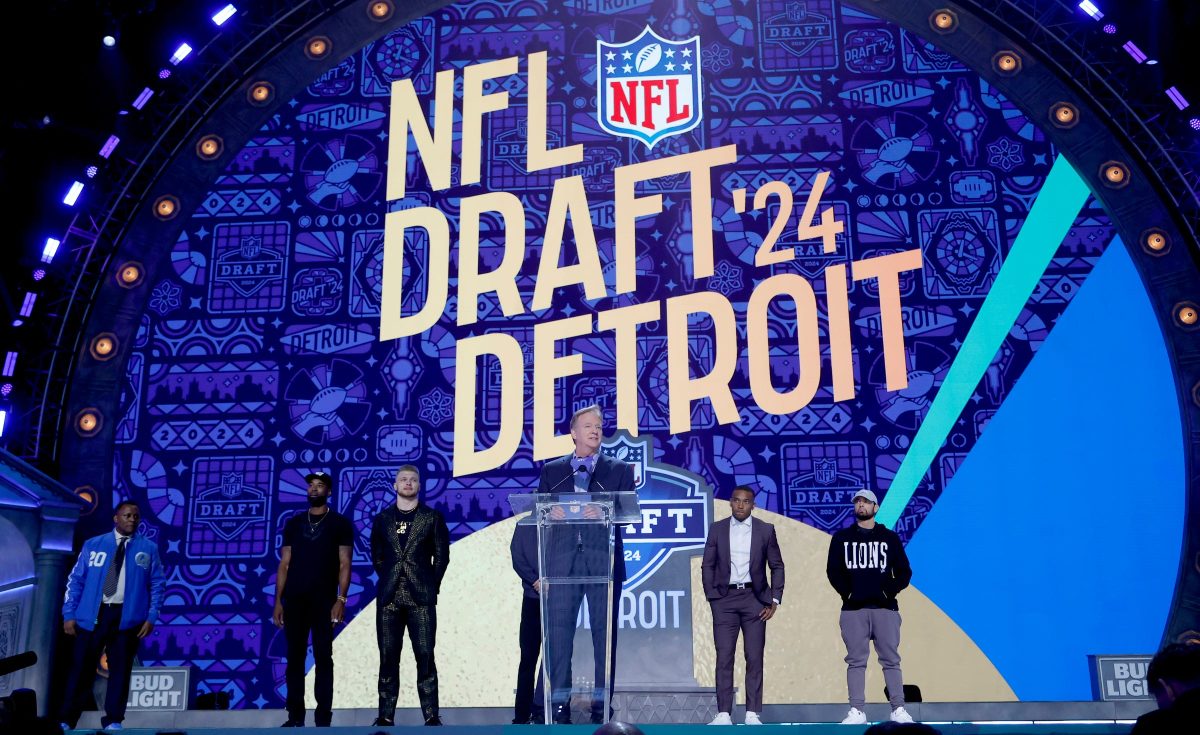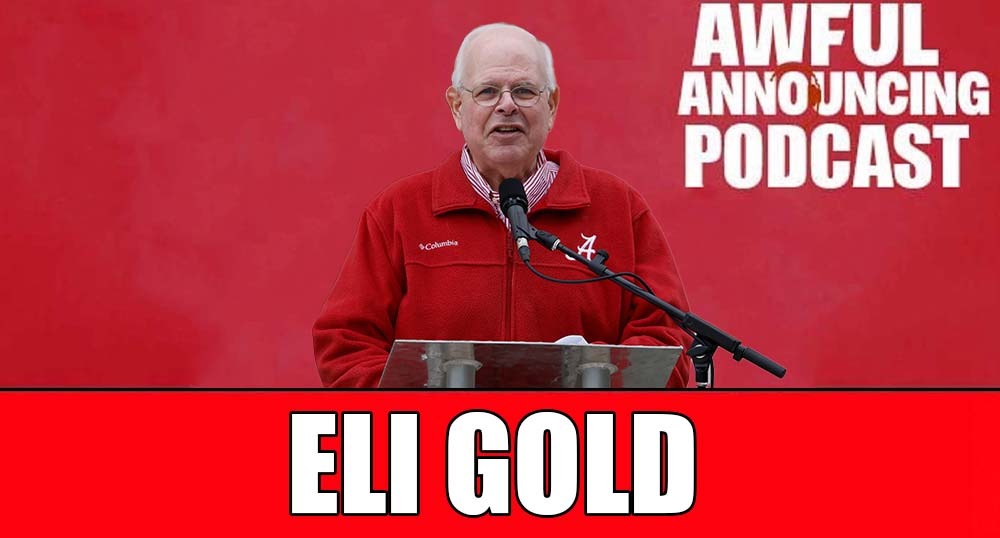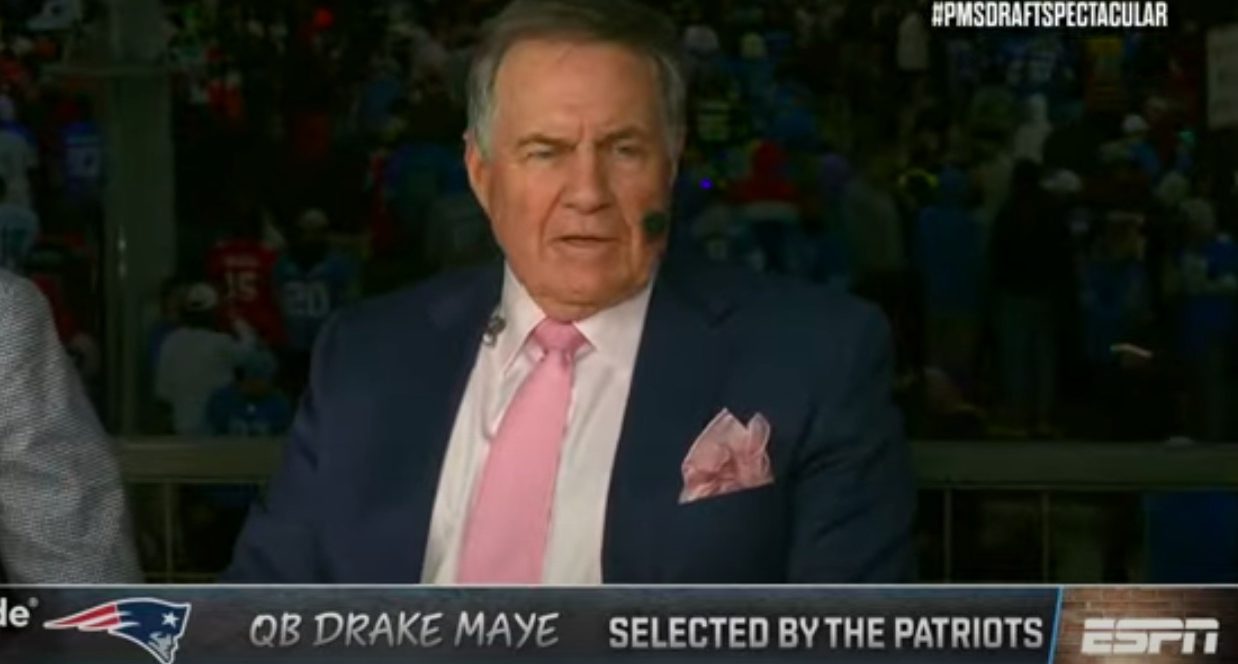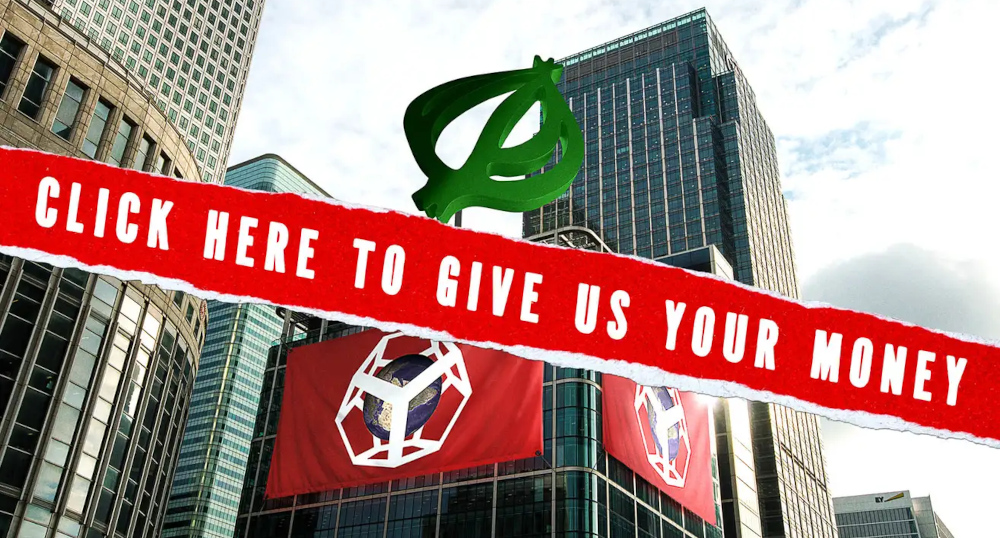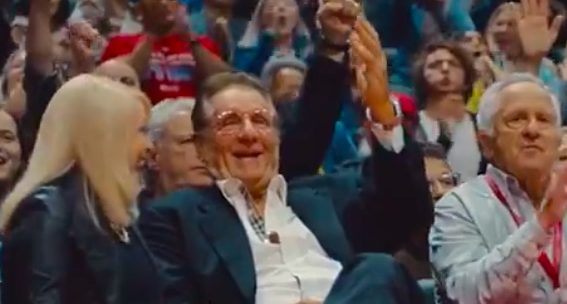The 2020-2021 NBA regular season tips off Tuesday night with the league’s 30 teams now playing outside a bubble while the COVID-19 pandemic continues to run rampant across the United States.
There were nearly 180,000 new confirmed cases of COVID-19 cases and more than 1,400 deaths in the U.S. on Sunday, raising the devastatingly depressing total in the country to 318,000. The NBA is aware of this, and has released a nearly 160-page manual on how the league and its players, teams, officials, and media should travel and conduct itself to navigate through a 72-game season during a pandemic as best as it can.
It will undoubtedly be an enormous adjustment for the men and women who will broadcast games this season. Like our Major League Baseball preview in July, Awful Announcing spoke at length with a combination of 10 play-by-play announcers, analysts, and sideline reporters over the phone and in group Zoom calls to discuss how much their jobs will logistically change over the next several months, the various challenges they’ll face, and how they think this unprecedented season will turn out.
The Logistics
NBA arenas will be split into different zones, separating and delineating where certain personnel can and cannot go. The red zone on court or event level will be for players, coaches, league officials, and select arena workers (like the official scorer). The yellow zone is for the media, who will not be allowed on the court or in locker rooms this season until further notice, and the green zone will be for fans in cities and counties that will allow them in buildings.
The yellow zone is similar to the protocols the league developed and rolled out for media at the Orlando bubble during the summer and fall. Most TV broadcasts will originate from the normally designated radio area on top of the arena’s lower bowl, and no local broadcast team will be traveling to call road games this season until further notice.
Bob Rathbun, who’s called Atlanta Hawks games on Fox Sports Southeast since 1996, will work both home and away games this season from State Farm Arena with Hall of Famer Dominique Wilkins. Since fans won’t be allowed in Fulton County venues until at least Martin Luther King Day, Rathbun will begin his journey by parking in the fan lot, different than normal. Assuming various COVID-related forms and releases are signed, varying by where you are, there will be some combination of a rapid test or a temperature check before you’re allowed in.
“We’ll go up an elevator, walk in through a side entrance, walk around the arena to get to our broadcast position and that’s it,” the 66-year-old Rahbun said.
In every arena, media will be given a boxed meal that they can only eat in a designated area. No outside food or drink can be brought inside or consumed at their seats. There will be just one bathroom each for men and women in the yellow zone, and no roaming around will be tolerated. Pre and postgame interviews will all be conducted over Zoom, not in press rooms.
For road games, like many of the broadcasters whose teams called the bubble games, Rathbun will broadcast from an empty arena.
“There will be absolutely no interaction with anybody in that arena other than me, Nique, the stage manager, the stats guy,” he said.
Mark Followill, who calls Dallas Mavericks games for Fox Sports Southwest, said his designated entrance to get into American Airlines Center will also be different than normal. Like the Mavs’ bubble games, road contests will be called off a monitor from AAC with Derek Harper and Jeff “Skin” Wade.
But unlike the bubble, Followill and company will run into logistical issues when Mavericks road games coincide with home games for the NHL’s Dallas Stars, who also play at AAC. The NHL announced Sunday that a 56-game schedule for the 2020-2021 season will begin on Jan. 13.
“We’ll have to be mindful if there’s gonna be other people in the arena,” Followill, 49, said, trying to limit contact as much as possible. “And that might alter some things we have to do. We’ll cross that bridge when we get there, I guess.”
When the Memphis Grizzlies played in the bubble, Fox Sports Southeast play-by-play man Pete Pranica entered through a loading dock at FedEx Forum, where temperatures were checked. This season, he and hundreds of others will just follow the NBA’s lead.
“Wherever the directional signs tell you to go,” said the 56-year-old Pranica, “follow the arrows.”
At every NBA game, he said, the home team is essentially going to produce a world feed. But there will be at least one camera for the road team to have control over, similar to what MLB did during its 60-game season, “so that we will have the opportunity to cut our own Grizzlies shot even though we may be playing in Dallas or San Antonio.”
Nationally, Turner will be calling all its games remotely for now, while ESPN is trying a combination of both in-person and remote broadcasts. AA colleague Andrew Buchholtz has more on how ESPN will conduct its overall coverage.
“Kudos to modern technology,” TNT’s Reggie Miller, 55, said. “If this pandemic would’ve happened 10, 15 years ago, there would be nothing. And to still pull off a Grade A telecast, it’s phenomenal.”
On Friday, ESPN’s Cassidy Hubbarth walked through the media entrance at Boston’s TD Garden to work the “sidelines” for the Celtics’ nationally televised preseason game against the Brooklyn Nets with Mark Jones and Doris Burke. Every arena setup and layout will be different in terms of where she’ll be sitting and doing her live shots and interviews from.
“Each arena I’m gonna go to, I’m gonna have to learn a whole new process,” said the 36-year-old.
Instead of heading to the court, Hubbarth followed the NBA’s arrows to the yellow zone. The Celtics set up a platform by one of the free throw lines within the lower concourse for Jones and Burke to call the action, helped by statistician Steve Lebow, near the local NBC Sports Boston broadcast. They were all positioned behind Plexiglas.
Hubbarth got a socially distant press section seat in her own row like the rest of media in attendance, and the front of the section was protected from the court and the red zone by Plexiglas. Because she wasn’t able to have a camera operator follow her around, Hubbarth had to walk up some stairs to an area where an ESPN camera from the rafters level could view her in preparation for her live shots.
“That to me was the most challenging,” she said. “It’s obviously something I can deal with, but I’m going to have to get used to it because you’re looking into the abyss. My vision’s pretty good, so I can see the camera guy and the red light all the way up at the top, but it’s still kind of like you’re just looking up there hoping that your eye contact is on.”
Interviews with players and coaches could get a little awkward with everyone having to put on headsets, not knowing where the person speaking to them is physically located.
“And I can’t even look at him,” Hubbarth said. “That’s something we may tweak, but I have to look at the camera.”
Viewers will see the interviews on ESPN in a split screen with reporters and players conversing. Hubbarth just has to hope that the player or coach can hear what she’s saying. She said that she may preface her interviews during Friday’s Christmas Day broadcast between the Milwaukee Bucks and Golden State Warriors by telling them and the audience where she is right now. It’ll be a challenge all season, Hubbarth said, to bring more personality out of these players while being so far away.
“It’s definitely a hurdle and won’t feel as natural,” she said.
Challenges In Calling Games Without Fans Or Remotely
For broadcasters from 22 of the 30 NBA teams that played in the bubble, they’re already used to calling games without fans and broadcast games remotely just three to four months ago.
“We’re not going into this blindly,” said Ian Eagle, who calls Nets games locally for YES Network and nationally for TNT, “but your job doesn’t change. The job is still to inform and entertain. And just because you’re not up close doesn’t mean that you have a built in excuse now to change the way you do your job.”
While it’ll be more challenging trying to humanize the players, the 51-year-old Eagle said, bringing that enthusiasm and excitement while being the bridge and conduit from the game to the fans are still crucial elements.
“We have a feeling of collaboration with this crew and we’re very comfortable with one another,” he said. “And that’s not going to change on the air. If anything, I think covering this particular team is gonna raise the level for everyone to make sure that we’re providing great content.”
After calling last week’s preseason game between the Celtics and Philadelphia 76ers remotely with Marv Albert, TNT’s Chris Webber wondered how the game presented itself to the viewers. While he and Miller will miss having the best seats in the house, Webber said he’s trying to replicate that feeling by broadcasting from a studio with screens showing the bench, sideline, tunnel, and as many angles he can get his hands on.
“Those are the things I can get insight into if a guy misses a shot and how he walks and sits down, or what goes on here and there,” the 47-year-old Webber said. “I felt that I was as prepared as anyone, and I think that I’m gonna have a lot of fun with it.”
Miller is happy that he’ll get to spend more time at home with his family, but there are going to be things everyone will miss by being away from the arena.
“A lot of times during a timeout when we’re looking at huddles, you pick up body language, signals, discussions, discussions with officials,” the Hall of Fame guard said. “It’s the little things as analysts that CWebb and I pick up having played the game, knowing how guys talk to one another. If they’re getting into a beef and we could see, well we could bring that to air. It’s kinda hard to tell that when you’re just looking at a screen. But we’ll do our best.”
The appropriate way to look at his job, Followill said, is to help make broadcasts as good as they can get for fans who want to see Luka Doncic and the Mavs play basketball.
“They don’t wanna hear about all the challenges that we’re facing,” Followill said of the fans, “because people are facing a lot bigger challenges than we are as sports broadcasters.”
Ryan Ruocco, who calls Nets games for YES and national games on ESPN (he’ll be calling two remote games with Richard Jefferson on Christmas), said that when he actually has his headphones on during a broadcast, things aren’t that different for him than normal.
“The experience is not as hard to simulate as I think maybe we would’ve initially thought,” he said, “because of the way technologically we’re able to get to a place where it sounds pretty similar in our headsets as if there was a crowd there.”
Despite working for one of the teams that didn’t make it to Orlando, Rathbun knows what to expect going forward, having called fanless games over the summer for ESPN at The Basketball Tournament. And he and Wilkins will be equipped with the best technology possible, including possibly having the game feed up on the State Farm Arena scoreboard when the Hawks are on the road. Now it’s just a matter of getting the reps in and getting into the rhythm of the season.
Pranica admitted that not having 18,000 fans standing, stomping and screaming obviously makes a difference when calling games.
“But I was a little surprised doing the bubble games that my energy level didn’t wane,” he said. “You’re totally focused on the game. There’s nothing else to distract you. There are no t-shirt cannons, no arena contest where your attention might be divided.”
One thing that Pranica and analyst Brevin Knight kept in mind during the bubble is that they want to have a good conversation and have the fans feel like they’re sitting on the couch with them watching the game. And whether there are fans or not, they also want to project a love for the game and the on-air product.
“Because if we’re not doing that, then the viewer at home’s gonna say ‘if the guys calling the game aren’t really invested in it, why should I be as a viewer?'”
Spoken with the confidence of two of the greatest players of their era, Webber and Miller didn’t think it was a challenge in making sure fans wouldn’t notice whether they would be at the arena calling games or not. TNT’s production truck will still ensure that fans see all the replays and camera angles they would normally. When watching other commentators broadcast from other sports, whether in soccer or baseball, Webber felt like he was at the game. And he expects NBA fans to soon feel the same way.
“I honestly believe that when we come back in arenas we’ll be much better for having this experience,” Webber said.
The Lack Of Access
Like in baseball, broadcasters are going to have to get used to not having in-person access to players and coaches. Not being able to go into locker rooms and getting those one-on-ones is far from ideal, even if some of that will be made up over Zoom. Rathbun said he’ll feel particularly detached from the team in this regard, even though he’ll be calling at least 36 Hawks games in person this season.
“I’m a practice junkie,” he said. “They’ve got one photographer in there and I’m trying to get his raw footage. We have nine new guys. I haven’t met them.”
Followill sees a silver lining in that unlike the bubble, Wade will be able to interview a player in person if the Mavs win after a game, albeit from a distance. But several of the people we spoke to agreed that it’ll be the smaller interactions with the players and each other that they’ll most miss.
“It’s not necessarily in an interview setting, but just before you start to ask your first question or little things like that will be missed quite a bit until we’re able to travel and things are back to normal,” said Michael Grady, the Nets’ sideline reporter for YES. “From a reporter’s standpoint, just wanting to get to know these guys and wanting those guys to see your face as often as possible so you have that connection and you’re building that trust. So that’ll be a different animal this season.”
For a national sideline reporter like Hubbarth, it’s nerve wracking because she’s not on a beat. So she’d always try to take advantage of shootarounds and practices, grabbing a minute or two in person with certain players to help prepare for her broadcasts. Teams and their PR staffs have been good in trying to arrange Zoom interviews, but there’s only so much they can do at this point with teams limited in the number of people they can have at team facilities, she said.
Pranica will miss not just the in-person player interactions, but also those with his fellow broadcasters.
“When Dallas is playing at Memphis, I can’t go to Mark Followill down press row and ask him some questions about the Mavericks and who’s playing well or who might be dinged up a little bit,” he said. “We’re just gonna miss some subtle details that can take a good telecast and make it really, really good.”
So it’s going to be critical for broadcasters to get as many bits and pieces of information from players and coaches as possible, Pranica said, and be enterprising about it, in his words. So texting back and forth with a player or coach and personnel from other teams will be all the more important. All that time in practices and shootarounds and before games to sneak in quick chats with people aren’t available this season.
“Those are the things that you’re going to lose or you’re going to have to find other ways to get that information,” he said.
Eagle has experienced this lack of access more than almost anyone else in sports, having called NFL games every week for CBS after spending time calling bubble games for Turner. And there’s definitely that feeling of isolation that sets in, he said, though being on location for home games will be a bonus.
“Of all of the things you’re accustomed to, the interaction is no longer part of it,” Eagle said. “So maybe I go into this situation feeling fully prepared because I’ve been knee deep in it for the last three-plus months. But it’s gonna be different.”
Grady is hopeful that players and coaches are still cooperative over Zoom and help fill the very large void of no face-to-face interactions with the players and coaches.
“You’d wonder if guys would be closed off since they’re talking to a screen as opposed to the group,” he said, “but I felt like these guys have been really good and open and honest. And that’s all we can really ask for.”
How Will This NBA Pandemic Season Turn Out?
That’s the question on everyone’s mind as we get set to begin what will be a regular season like no other before it. Among the several who were asked this question, there have been two prevailing thoughts.
One, is that outside a bubble and the way COVID-19 is spreading in the United States, and with months before a vaccine is sufficiently rolled out, postponed games are probably inevitable.
“There are going to be teams that are going to come up with positive tests,” Pranica said. “Players are going to be going home and you don’t know if their kids are going to school, and if they might’ve been susceptible or expose to the virus.”
“The travel is going to be a concern,” Rathbun said. “It’s gonna be a lot of pressure on the guys and the coaches to keep that bubble tight.”
That’s why it was wise, Pranica and Followill noted, that the league only released half of the schedule to see where it was at in terms of postponed games when early March comes around. And if there are postponed national telecasts, ESPN vice president of production Mike Shiffman said the first step would likely be to see if there was another game on at the same time that people could call remotely.
“We’re prepared on the production side to be nimble and say how can we produce this game?” Shiffman said. “We’re sure if there’s not another game that fits in that window, say it was a late game it it was the only late game, we haven’t gotten into what our programming schedule then would be in terms of filling those 2.5 hours. We have to be ready for changes, because we’ve seen it with baseball games being postponed, football and the other sports.”
The second prevailing thought among those questioned is that if there’s any league that can pull off what it pulled off at the bubble, it’s the NBA.
“They made Orlando absolutely the gold standard for how to proceed in a pandemic,” Rathbun said. “I don’t believe that the NBA and the medical people would send us out there to do this if they weren’t confident that it could be successful.”
Followill and his broadcast counterparts are getting a taste of what the NBA is talking about in terms of best practices, habits and protocols in place to keep everyone as safe and healthy as possible. And he has immense faith in the league in terms or how stringent and diligent it is and the amount of energy they’re putting in to make things run as smoothly as possible. Every team is going to be traveling with neutral observers and third-party testers, Rathbun said, and players who break the rules will be punished.
“Once again there’s an impressive level of planning from every potential level of the NBA,” Followill said. “They’re covering every base imaginable, it seems at this point.”
Nobody thinks there won’t be hiccups or bumps in the road during the season, but there’s a belief in commissioner Adam Silver and players association executive director Michelle Roberts.
“No one is going to be immune, I don’t think, from the occasional positive test. And if there’s a game or two, or several, that are postponed, I would not be surprised,” Pranica said. “But I’m sure that the NBA is taking every precaution and trying to anticipate every eventuality in order to get the season completed.”


